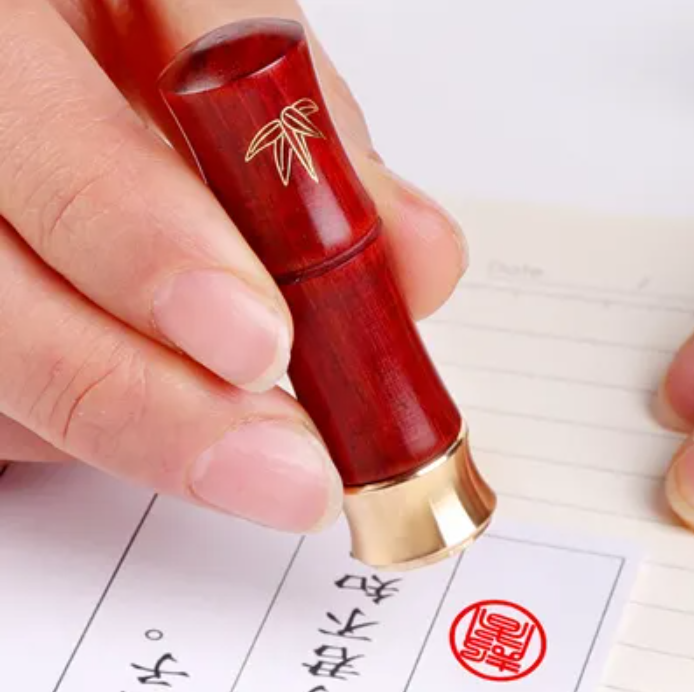Address
大阪市住之江区粉浜西3-7-18
Demystifying Hanko: Your Quick Guide to Japan’s Signature Stamps

What exactly is a hanko?
A hanko (used interchangeably) ,synonymously referred to as an inkan, is a carved stamp that can be used in any situation where an individual, or an individual on behalf of a company, might otherwise use a signature or initials. Whether it’s finalizing contracts, conducting banking transactions, or collecting a package, the hanko can be utilized in these instances. The requirement for a hanko and the specific type needed can fluctuate based on the situation at hand.
Although there are reports that the Japanese government is progressively eliminating the need for hanko in numerous scenarios, it is anticipated that these stamps will continue to be prevalent for several more years.
How many categories of hanko are there?
There are three types of hanko: Jitsu-in 実印、Ginko-in 銀行印 and Mitome-in 認印。
Jitsu-in 実印:A jitsu-in, which translates to “actual” or “true seal,” is the designated hanko for contract signings. Freelancers engaging in contracts with companies, as well as individuals setting up businesses or purchasing property, are required to use this type of seal. The same goes for other situations like setting up a company or buying a house. To ensure legal validity, you must register it at your city office. After you’ve registered it, Upon registration, you will receive an “inkan card” that facilitates the printing of seal registration certificates, which may be necessary to present alongside your seal when entering into significant contracts.
Ginko-in 銀行印:The ginko-in, or “bank seal,” is a hanko specifically for financial transactios. Instead of registering it with your city office, you just register it with your bank(s). It is utilized for account withdrawals and loan agreements. While it is common practice for Japanese citizens to register a ginko-in upon opening a bank account, this is not usually a requirement for foreign customers. One big exception is when you start a company. Since a company isn’t a real person and can’t sign anything, you need to register a ginko-in when you open an account.
Mitome-in 認印:The mitome-in serves as a general-purpose hanko for routine activities—like receiving parcels or for stamping on an invoice if you are a freelancer. Unlike the other two, the mitome-in does not undergo any registration process and thus holds no legal weight.
Although some individuals might use a single hanko to fulfill all three functions, it is advisable to minimize the use of the jitsu-in due to its equivalence to a personal signature and the risk of replication. Also, for almost any situation where a mitome-in is needed, a simple signature will suffice.
Why I really need a hanko?
In Japan, a hanko is more than just a tool for signing; it is deeply rooted in law, culture, and social customs. Historical records indicate that as early as the Meiji era (1873), Japan enacted a law requiring every citizen to have a personal hanko for signing important documents and contracts. This tradition has continued to the present day, and the importance of hanko in Japanese society is self-evident. The use of hanko permeates every aspect of daily life. From enrollment procedures to opening bank accounts, and signing significant contracts such as purchasing real estate, vehicles, and property transfers, hanko are indispensable.
Although modern society is gradually entering the era of electronic documentation, and the Japanese government is promoting the electronic transformation of hanko, the reliance on and recognition of physical hanko in Japanese society have not decreased. In Japan, hanko are regarded as a form of culture and tradition, an integral part that cannot be discarded. They are not only proof of legal actions but also symbols of the credibility of individuals and businesses. Therefore, whether for studying, working, or living, it is recommended to prepare a personal hanko before coming to Japan. This will not only help better integrate into Japanese society but is also a way to respect and experience Japanese culture. In Japan, a hanko is not just a simple mark; it is an important symbol of personal identity and social interaction.